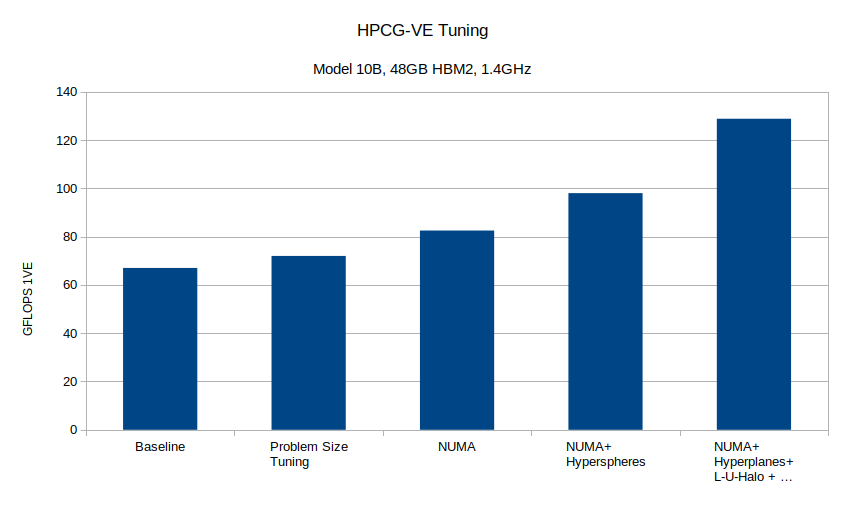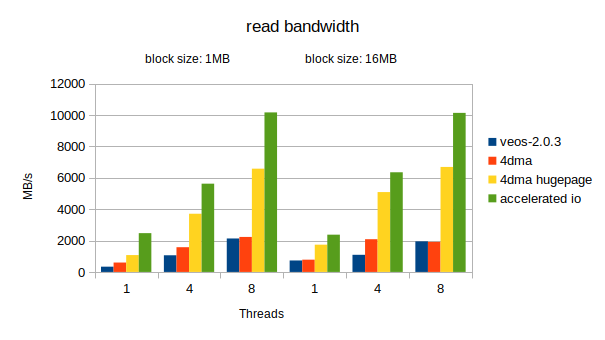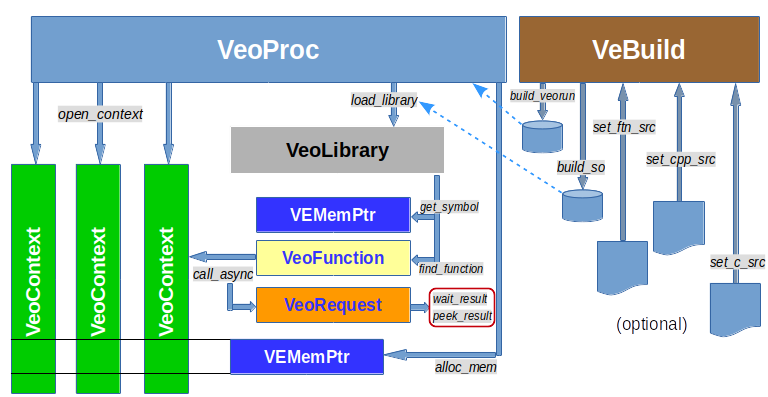With the switch to 3.0 ncc/nfort compilers VEO sometimes fails to load the .so with VE kernels. Relinking the veorun utility solves the problem.
[Read More]
VEO Synchronization Primitives
This little library implements tools for synchronizing contexts in VEO, barriers and result collector.
[Read More]
HPCG Performance Efficiency on VE at 5.99%
Tuning the HPCG benchmark for the SX-Aurora TSUBASA.
[Read More]
Py-veo and Jupyter Notebooks
Using Jupyter notebooks with py-veo for interactive programming of the SX-Aurora VE.
[Read More]
VE Accelerated IO
Accelerate IO with a preloaded library that uses registered huge page buffers and the user DMA descriptors on the VE
[Read More]
LLVM-VE-RV (Update)
An easy way to build the LLVM-VE-RV stack and use it for testing the compiler.
[Read More]
VE LLVM Intrinsics
The VE intrinsics available in the LLVM backend for the SX-Aurora TSUBASA Vector Engine
[Read More]
Vector Computer Evolution (WPMVP 2019)
A presentation introducing the SX-Aurora Tsubasa in the historical context of vector computers development.
[Read More]
VEOS 2.0.1 glibc Update
Updating VEOS to the glibc based 2.0.1 (and later) version from the online yum repository.
[Read More]
Py-veo by Examples
py-veo implements the VEO API for Vector Engine Offloading. It allows the use of the VE from Python programs, even interactively and via IPython or Jupyter notebooks. VE kernels must be written in C, C++ or Fortran.
[Read More]



